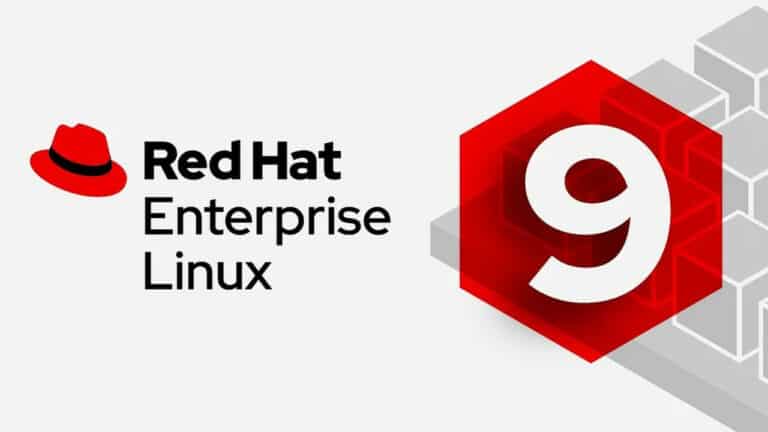Red Hat unveiled the ninth version of Red Hat Enterprise Linux. The release focuses on edge deployments, containers, security and quick configurations.
Sometime in the next few weeks, RHEL 9 will be made available on the Red Hat Customer Portal and the marketplaces of major cloud providers. Red Hat unveiled the release at the Red Hat Summit, an annual conference. We’ll be covering the most important additions.
Edge
A new wizard helps quickly deploy RHEL on edge devices. In addition, the operating system supports FIDO Device Onboarding, a technology for encrypted communication between systems and management platforms. FIDO Device Onboarding saves a lot of time for organizations that prioritize security in deployments. In addition, the new release includes GNOME Kiosk, an efficient desktop environment for single-purpose devices like wall displays.
Podman and RHEL container images
Since version 7.6, RHEL has been equipped with Podman, a tool for running containers. RHEL 9 freshens Podman up. When using Podman to run a container on RHEL, the operating system keeps an eye on whether the container boots correctly after an update. If not, RHEL will automatically reset the container to its most recent configuration.
In addition, RHEL 9 is equipped with the RHEL image builder service, a service for developing RHEL container images. Every container starts with a container image. The image contains a package with all the requirements for an application, including libraries, configurations and runtimes. The RHEL image builder service allows users to package an instance of RHEL into a container image. The container image allows you to install RHEL on systems in network locations of choice. You can find the service in the navigation menu of the Red Hat Hybrid Cloud Console.
Security
According to Red Hat, RHEL 9 is equipped to deal with hardware-level security threats, including Spectre and Meltdown vulnerabilities. The release introduces IMA, short for Integrity Measurement Architecture. IMA hashes and signatures change when a device or system is modified. This enables RHEL to recognize malicious changes at the hardware level. In addition, RHEL 9 meets the requirements of PCI-DSS and HIPAA, two security standards for technologies that handle sensitive information.
Fast configurations
Red Hat considers RHEL to be the optimal operating system for hybrid and multicloud environments. The more clouds an organization uses, the more complex the management of hardware and software becomes. That’s why RHEL 9 includes new time-saving configurations.
First of all, RHEL 9 introduces a series of system roles. System roles are automated configurations for specific applications. For example, high-availability clusters, firewalls, Microsoft SQL Servers and Postfix. Each application in that row has a new system role in RHEL 9.
RHEL 9 also supports live kernel patching from the Red Hat Enterprise Linux web console. Developers and operators can perform updates without command line tools, which prevents errors. Finally, the operating system is tailored to multiple Microsoft solutions, including SQL Server.
Tip: Red Hat feels unbeatable with OpenShift under the wing of IBM
